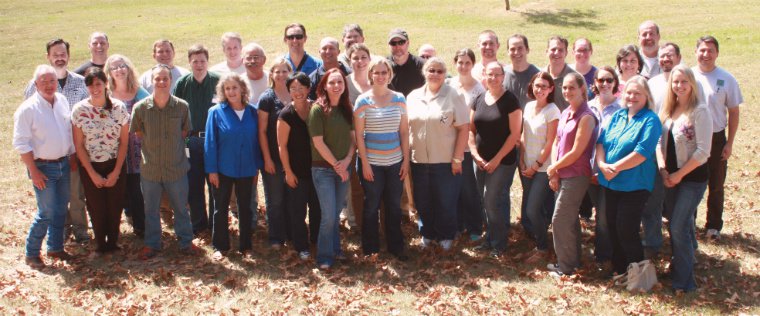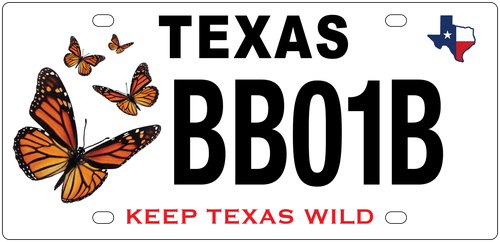Wildlife Diversity Program: What We Do
Texas is home to tens of thousands of native animal and plant species. These species form the fabric of over 800 habitat types, from bottomland hardwood forests, big tooth maple canyons, to black grama grassland, that blanket the state. Hundreds of these animals and plant species occur only in Texas and nowhere else in the world.

The Wildlife Diversity program works to conserve this fabric for the benefit of current and future generations. Our team includes experts in botany, ornithology, herpetology and invertebrate biology that provide leadership on the conservation of rare species and areas with high conservation value across the state. Regional diversity biologists provide a local resource for landowners as well as leadership within local research, planning and outreach initiatives. Urban Biologists do the same for urban communities, which are our fastest growing habitat and involve many unique challenges and opportunities.
Under the guidance of our biologists, we maintain a clearinghouse of information on our rarest species. The Texas Natural Diversity Database (TXNDD) is a repository of data collected by our biologists and by our collaborators from across the state. This database is a valuable source of data for current and future researchers and conservationists working in Texas and is used extensively by private industry when they are evaluating potential impacts. Our Wildlife Habitat Assessment Program uses the TXNDD and many other resources to assist project developers in identifying, evaluating, and addressing potential impacts to natural resources of conservation concern in Texas.
The wildlife diversity program is not just interested in rare species, but also preventing our native species from becoming rare. Ours is the lead program responsible for the development and maintenance of the Texas Conservation Action Plan (TCAP). The TCAP's purpose is to provide a statewide "roadmap" for research, restoration, management and recovery projects addressing Species of Greatest Conservation Need (SGCN) and important habitats. "SGCN" include terrestrial, freshwater, and marine birds, mammals, reptiles, amphibians, invertebrates, fishes, plants and plant communities. The goal of the TCAP is ultimately to conserve and improve the status of these species and, as possible, prevent the need for listings under the Endangered Species Act.
The Wildlife Diversity Program is grateful for the strong public support from people who want to be actively engaged in conservation in Texas. Programs such as Texas Nature Trackers and Texas Master Naturalists allow us to work with engaged citizen naturalists to improve our understanding of natural heritage, to tackle conservation challenges, and to provide conservation leadership in local communities. If you want to be more engaged in conservation in Texas, these programs are a great way to learn about our unique Texan heritage and contribute to future generations.
If you support the Wildlife Diversity Program, please consider getting a Wildlife License Plate.
